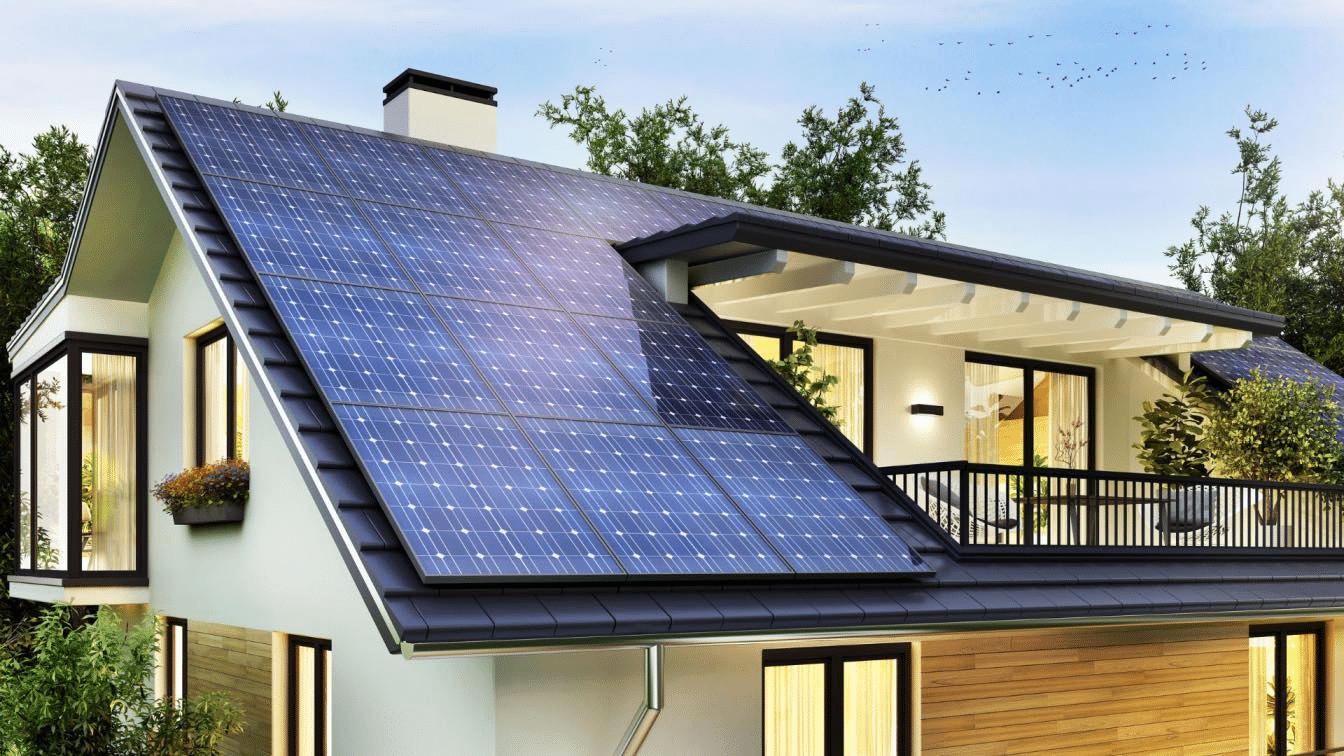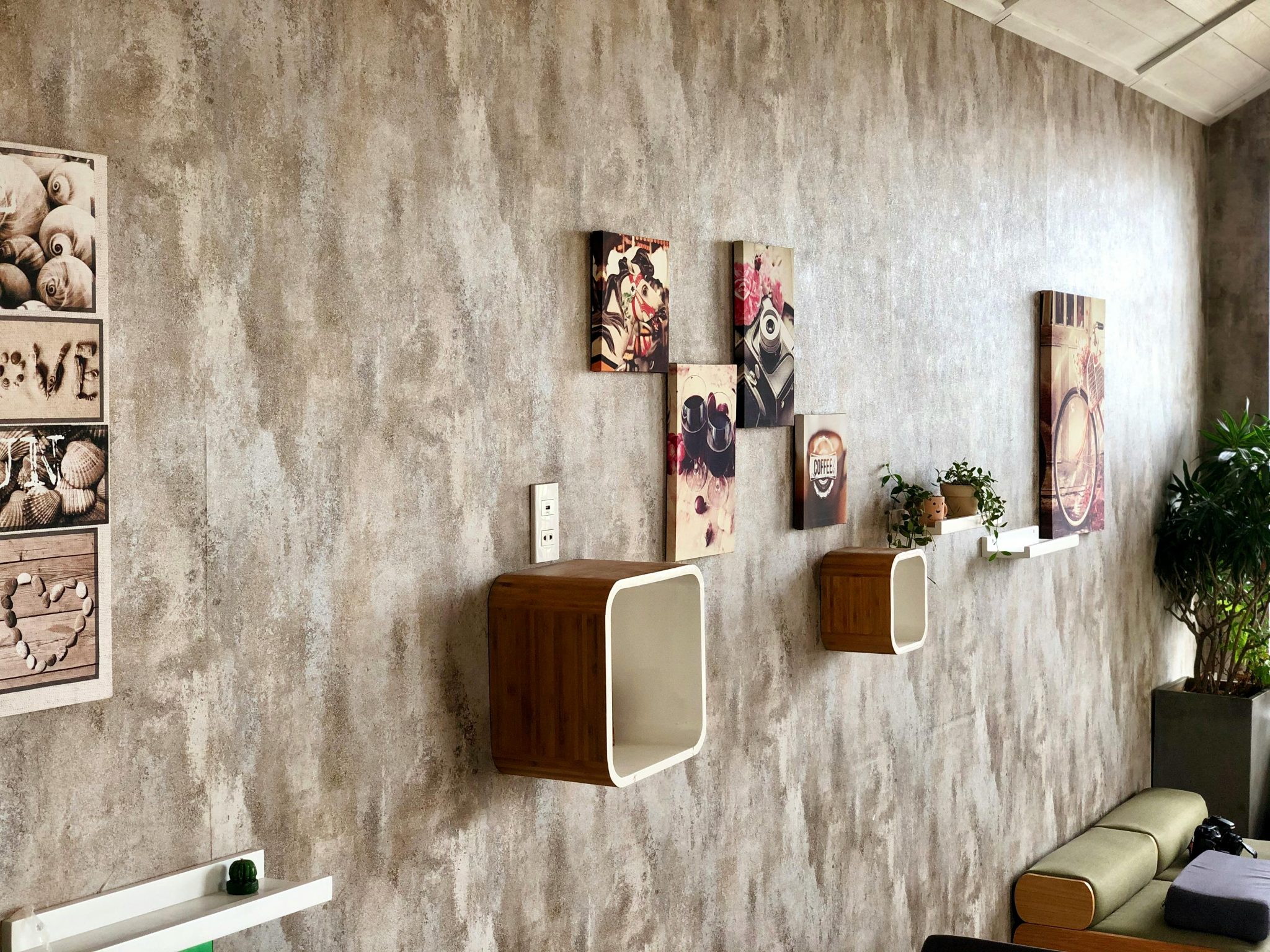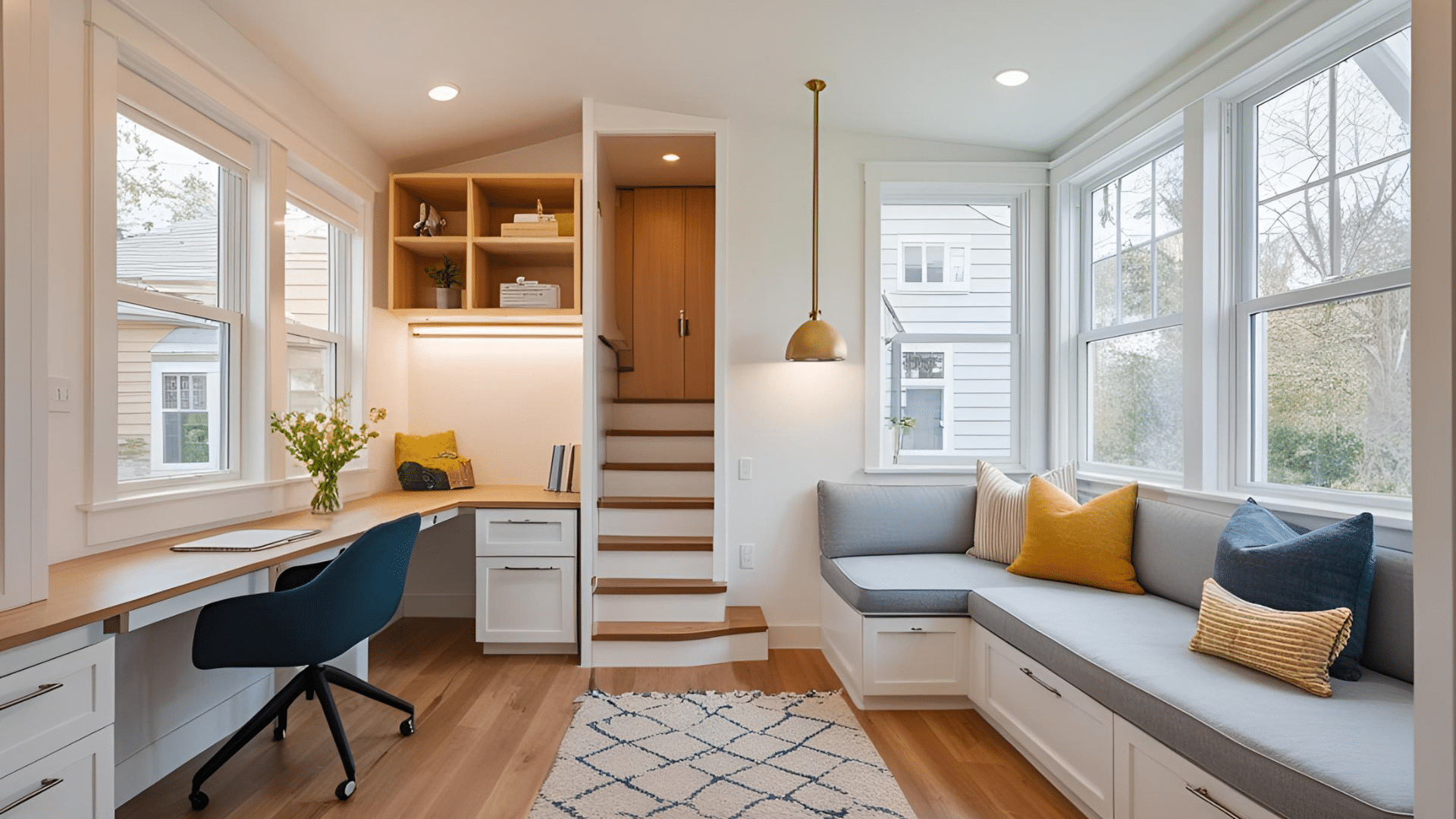Find out How to Add Solar Panels to Your Home’s Design
Where would be the best place to put a solar system? Or do you not have to worry about how the panels will fit with the style of the house? Every home builder and homeowner who is thinking about installing a solar energy system must have asked these questions. So, how do you make solar panels work with the way your home is built?
For solar panels to work best in a private home, the following steps should be taken before they are added:
- Carry out a solar audit
- Build a Roof
- Clear the way of problems.
- Put in Panel Conduit
- Get rid of shadows and other details
The most important thing to know is that getting ready to put up solar panels will save you a lot of money and might even bring you money in the future. Let us now figure out how to do everything right.
Which House Can Be Called “prepared”?

But do not think that this process will cost a lot of money, time, or resources. Instead, planning a house with solar panels is a lot easier and takes less time than remodeling a house that is already up and running.
Enhancing the roof, making the whole array look nice, finishing the basic installation, and remembering a few details are all that needs to be done.
When making a plan for installing solar panels, it is important to remember that the panels need to be on the side that gets the most sun and faces south, where there are no pipes, air systems, trees, or other things that could get in the way.
Yes, placement on the other side is fine, but it will already make the system 20% less efficient, so it will not save as much money. Why would you choose east or west sunlight if you want everything to be perfect?!
Pay close attention to everything. For example, the general plan, figuring out the slope, putting in the right number of solar panels for home, and so on. After that, you can use a home solar system successfully.
Advantages of Getting Your Home Ready for Solar Panel Installation
When you plan a project for the home solar electrical system and put all the important parts where they belong, you will save money right away. There will be no need to worry about a falling roof or snow building up on the panels for as long as the battery lasts. You will not have to spend a lot of money calling the experts because everything has already been planned out and done. All that is left to do is enjoy free solar energy.
How Things Look and Feel
Each room in the house should look nice. After that, the style will be perfect as a whole. Do not think that because the batteries are on top of the car, no one will see them and you can put them there however you want.
No, everything is easy to see. We are not just talking about other people; you will also notice it. Ventilation, pipes, and dormer windows will be put in different parts of the roof, leaving less space for solar panels. It will be like Tetris, and you will lose.
To protect the array, anything that gets in the way of the solar panels for houses being spread out evenly should be put on the north side. You could also think of other places, but the most important thing is that they do not get in the way.
As well, roughing should be done at home to hide all the wires and figure out where to put the lines.
Improved Productivity
It appears that simply correcting the inclination and azimuth calculations can considerably enhance the performance of household solar panels. Yes, the proper distribution of installation area and methodology are critical to reaping even greater benefits from solar systems, and the best solar companies will help you with it.
Reflect on The Future.
If you are just starting a new home and do not want to purchase a solar energy system right away, you must still modify the project. This idea may become relevant in the future, and you are already prepared to apply it.
Guide to House Preparation
 We provide some advice on developing a house with a solar panel system.
We provide some advice on developing a house with a solar panel system.
1. Check Your Solar Panels.
The houses are all different. It lists the size, number of rooms, power, number of electronics that need to be charged, and other details. Also, it will house some people who need power for their needs. When planning a house and buying solar panels, all of these things should be thought about. Look at all of these things first, and then decide how many solar panels you need to power your home. And then decide on the final size of the roof and where all the important parts should go on it.
2. Design a Roof
Simply put, your roof should be a rectangle since solar panels are rectangles. Aesthetics and practicality can not be talked about if it is triangular or square.
Choosing a roof that can fit under your solar panels is another important part of getting your home ready for solar power. Systems are usually put in a junction box with wires and the panel itself when they are placed. With its redirection system, the second one will not be visible from the roof.
But a bitumen roof is best for putting this box in place. Options with metal and corrugated tiles or refunds are also good alternatives. Installing extra shelving supports is better for metal roofs, though.
Thoughtfully consider that the roof must be able to handle the extra weight of the panels, and additionally pay attention to
– Shade
The top should be painted black. It will look like this when your battery is done. Then the idea as a whole will look better.
– Edge
The batteries need to be at the right angle to get the most energy from the sun. The ground measures it, but most of the time it is 40 degrees. It is best to talk to people who install solar panels about this.
– Where to Go
For the system to work best and be as efficient as possible, it should be facing 180 degrees south. If you can not do this, do the next best thing you can.
It is also important to think about the attic. If it is planned, all the wires from the solar power system will go to it. If not, you should think about where they could go. If you have a vaulted ceiling, you should make a separate junction box and put all the wires in it. It needs to be put up from the roof down. The best case for it is one made of metal or hard PVC. The box needs to be protected from water.
3. Remove Any Problems that Are Sticking You
Place water lines, satellite dishes, air vents, and other things away from solar panels, as we already said. Now you can do everything without worrying about how it will affect others. For example, all the systems should be put together in one spot on the north side.
4. Attach the Panel Conduit
In addition, you need pipes to install best solar panels on your home. It can go along the house or through the attic. It works best if it is straight, insulated, at least 1 inch by 1.5 inches, and made of metal or stiff PVC.
5. Remove Shadows and Other Information
Our backyard has some amazing trees. The solar panel’s effectiveness may be lowered if it is positioned too close to the house and casts a shadow on it. In order to prevent this issue, plant trees farther away from the building.
Learning all the specifics and limitations from the local authorities is very crucial before making any plans. There are power limitations in some areas, and this will have an immediate impact on how many panels may be installed.
Furthermore explain to them how they can store extra energy at their location. There is a chance you will need to set up a backup battery or use public WiFi.
To Sum Up
It is clear that considering all the aspects before creating a home is sufficient to ensure that the solar system you install will be effective, sustainable, and visually appealing. To save even more on electricity, make use of our advice.







